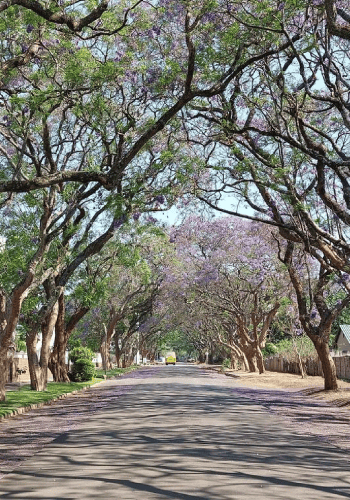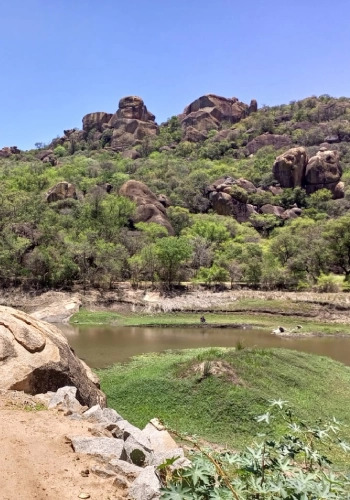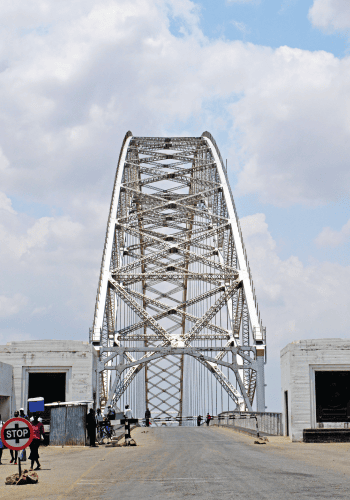Challenges and Solutions
| Infrastructure limitations: The air travel infrastructure in Zimbabwe is such that particular locations may have outdated technology, or insufficient capacity to handle increased air traffic. | Investing in the construction, renovation, and expansion of airports and facilities is a must to overcome the infrastructure limitations Zimbabwe faces currently. This can be done through public-private partnerships, government support and policy reforms, adoption of new technology, and the facilitation of training for workers. |
| Connectivity and accessibility: To improve air travel in Zimbabwe means enhancing connectivity within the country and establishing reliable links with a range of destinations. This is especially difficult to cultivate in rural regions. | Route expansion can be achieved through the expansion of domestic and international flight routes, improved airport infrastructure, regional collaborators such as aviation bodies, airline partnerships and codeshares, enhanced ground transportation, and affordable airfare initiatives, to name a few. |
| Funding and locational constraints: Securing sufficient funding for infrastructure development and operation costs can present significant challenges. Whilst it would be ideal to provide travelers with air transport to destinations of their choosing, often the exact landing of aircrafts are many miles from a persons' specific destination. | As is the case for a variety of challenges faced in providing better air travel through Zimbabwe, government support and investment will help with allocating funds specifically for the development and improvement of air travel infrastructure, along with foreign aid and international funding, innovative financing models such as infrastructure bonds, public infrastructure funds, economic incentives for airlines, crowdfunding, and tourism business partnerships, to name a few, |
| Regulatory frameworks: At both domestic and international levels, adhering to safety regulations, air traffic control guidelines, as well as other aviation standards may well require collaboration with government agencies and industry stakeholders. | Collaborating with international aviation bodies will go some ways to improving regulatory frameworks, along with promoting stakeholder engagement to facilitate a dialogue between industry stakeholders, including airlines, airport operators, aviation associations, and travel agencies. Capacity building and training to enhance knowledge and skills of regulatory authorities and personnel is also crucial, as well as transparent and efficient regulatory processes for obtaining permits, licenses, and approvals. |
| Public perception and awareness: Cultivating public support and awareness for the initiatives and benefits of improved air travel in countries like Zimbabwe is a difficult task as the niche for either visiting the country for business, pleasure, or family is relatively slim. | Public perception and awareness will grow through educating people on the positive impact this service will have on the economy, tourism, and connectivity. Not only does this positively affect Zimbabwe, but it will also influence countries that people are travelling to Zimbabwe from. |
| Human resources and training: The development of a skilled workforce, providing ongoing training for pilots, air traffic controllers, maintenance personnel, and other individuals crucial to the smooth running of air travel services in any area. Shortages of the required professionals and the need for continuous training can present a range of obstacles in varying locations. | Training and education programmes should be established for the recruitment of air travel professionals. In this same vein, retention and career development initiatives should be implemented in order to retain skilled professionals within the aviation sector. Addressing brain drain will also be key: those who are at the top of their field migrating to different countries. Creating an environment that offers competitive career opportunities, attractive working conditions, and professional growth prospects can encourage talented individuals to remain in Zimbabwe and contribute to the local aviation industry. |
What to do in Zimbabwe

Great Zimbabwe - Masvingo

Kariba Dam - Kariba

Jacaranda Trees - Bulawayo and Harare

Matopos Hills - Bulawayo

Christmas Pass - Mutare

Bulawayo City Hall

Gweru Town

Birchenough Bridge

Victoria Falls
